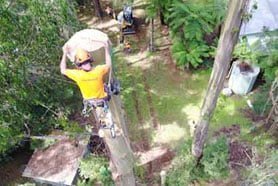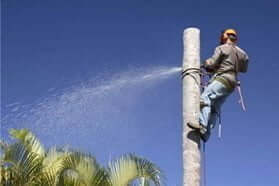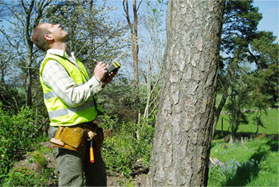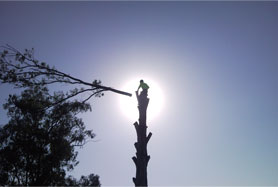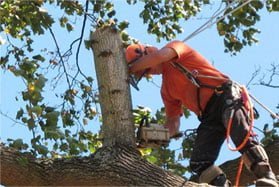Compare Tree Service Quotes Now
Save Up To 43% – FREE SERVICE



Pro Tree Removal & Stump Removal Services
Go Tree Quotes are Experience & Fully Certified Arborists Providing Tree Pruning & Lopping Australia Wide
Looking for expert tree removal services? Our tree lopping and cutting services are delivered competitively by highly trained local arborists. Safety is paramount when it comes to tree work, that why we employ the Australian standards for pruning and removal and 10 million in public liability cover before.
Tree care and maintenance in suburbia are paramount for residents’ safety and trees’ health and longevity. Utilizing proper arborist techniques, the Go Tree Quotes team is ready to carry out tree removal, lopping, stump grinding, mulching, and pruning. Get in touch today to compare prices.
Service Areas
Join Our Team of Tree Arborists
Become a tree removal and trimming provider
We’re looking for highly skilled and capable arborists with experience and a history of great customer satisfaction through feedback to join our capable team. Growing a business alone is hard work, but doing it with Go Tree Quotes means you can service more customers in your local area.
Opportunities are available in all major cities in Queensland, New South Wales, Victoria, SA, WA, NT, ACT and Tasmania.
Some cities with the best service areas are Melbourne and Canberra.
Featured and trusted by:









